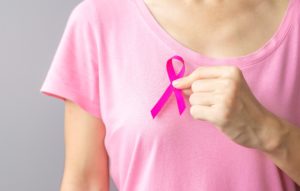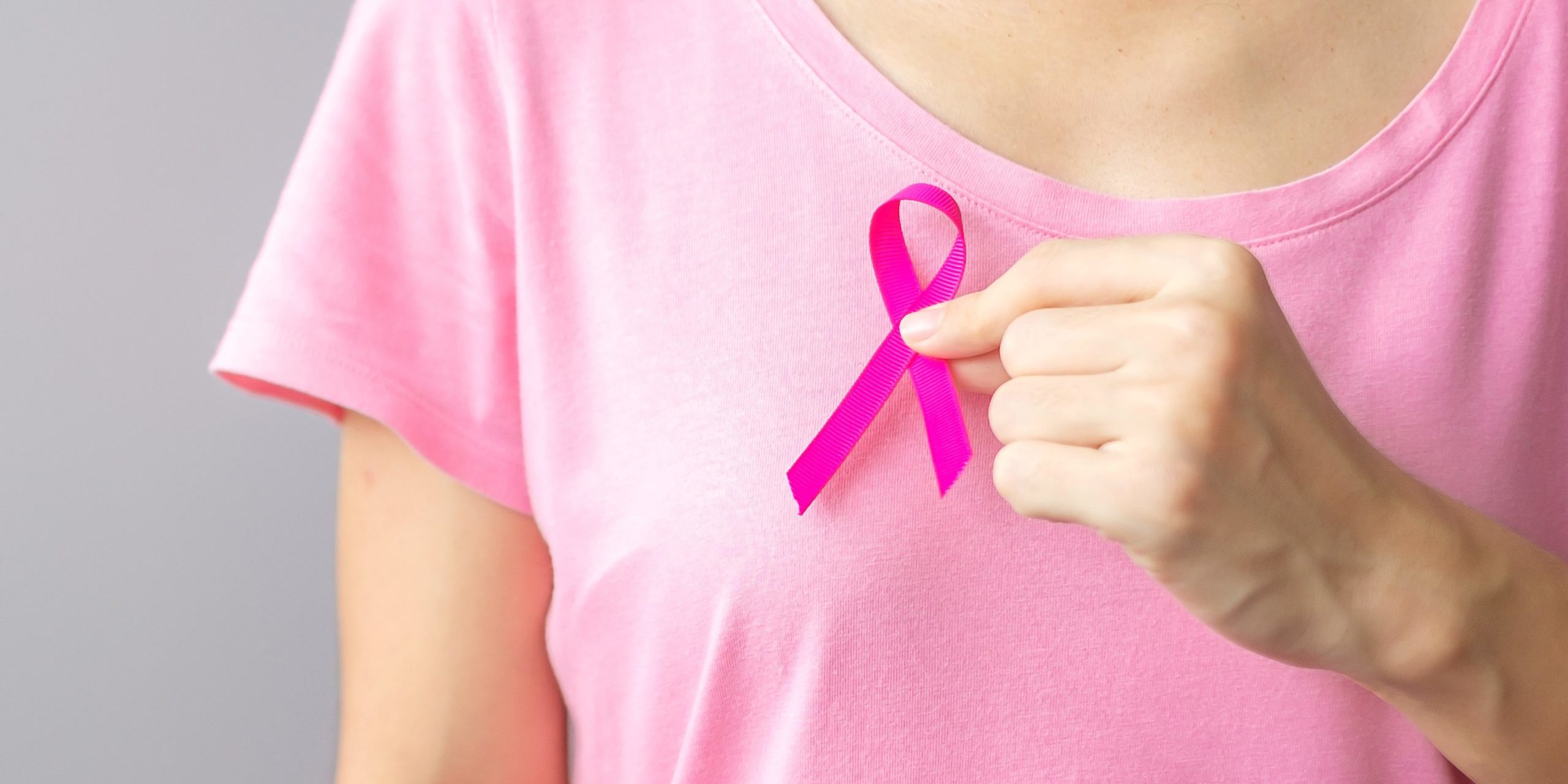 Everyone has some risk of developing breast cancer. In the U.S., one in eight women will be diagnosed with invasive breast cancer over the course of her lifetime. While it’s much less prevalent in men, they too can get breast cancer. But what about genetics and the role they play in increasing your risks?
Everyone has some risk of developing breast cancer. In the U.S., one in eight women will be diagnosed with invasive breast cancer over the course of her lifetime. While it’s much less prevalent in men, they too can get breast cancer. But what about genetics and the role they play in increasing your risks?
It’s estimated that only five to 10 percent of breast cancers are hereditary. “The most well-known genetic mutations associated with cases of hereditary breast cancer are BRCA1 and BRCA2,” said Jerry George, DO, Hematologist/Medical Oncologist at New York Cancer & Blood Specialists. “Everyone has BRCA1 and BRCA2 genes, but it’s what happens when these genes contain mutations that are passed from one generation to the next that affects your risk of developing cancer,” Dr. George said.
BRCA1 and BRCA2 mutations account for approximately one out of every 10 cases of breast cancer. The BRCA1 and BRCA 2 genes are meant to repair cell damage and keep breast, ovarian and other cells growing normally. However, if these genes contain mutations that cause them to malfunction, your risk for cancer increases. It’s important to note that even if there is a known gene mutation linked to breast cancer in your family, it does not mean that all family members will have it. Furthermore, even if you have a BRCA1 or BRCA2 mutation it does not mean you will be diagnosed with breast cancer.
Women who are diagnosed with breast cancer and have a BRCA1 or BRCA2 mutation often also have a family history of breast, ovarian or other cancers. You are most likely to have a genetic mutation linked to breast cancer if:
- You have blood relatives who had breast cancer diagnosed before age 50.
- There is a history of both breast and ovarian cancer on the same side of your family or in one person.
- You have relatives with triple-negative breast cancer (meaning cancer cells do not have estrogen, progesterone receptors and do not make too much of the protein called HER2 – the cells test “negative” on all three of these. Triple-negative breast cancers tend to be more common in women under age 40 who are African America or who have a BRCA1 mutation. These cancers tend to grow and spread faster.)
- There are other cancers in your family in addition to breast cancer, such as prostate, melanoma, pancreatic, stomach, uterine, thyroid, colon or sarcoma.
- Women in your family had breast cancer in both breasts.
- You’re of Ashkenazi Jewish heritage.
- You’re Black and have been diagnosed with breast cancer at 35 years old or younger.
- A man in your family had breast cancer.
In addition, about one in five men with breast cancer have a close relative – male or female – with the disease. These men may have a gene mutation, or defect, called BRCA1 or BRCA2, or simply referred to as BRCA. Just like women, men who are at risk for breast cancer should undergo genetic counseling and genetic testing to determine if they have the disease.
If you know you have an abnormal gene linked to breast cancer there are lifestyle changes you can make to keep your risk as low as possible, including:
- Maintaining a healthy body weight with a nutritious diet and regular exercise
- Limiting alcohol consumption
- Not smoking, or quitting if you do smoke
- Giving yourself a monthly self-breast exam
- Have an annual breast exam conducted by your doctor
- Have an annual mammogram at the age recommended by your physician (typically screening starts at age 40, however if you’re at higher risk or have a family history, your doctor may recommend you start screening at an earlier age)
“Most people who do develop breast cancer did not inherit a genetic mutation linked to cancer and have no family history. This is why regular screening mammograms for women are important,” said Dr. George. Men who detect a breast lump, should contact their physician immediately. Breast cancer is most treatable when it is diagnosed in its earliest stages.

